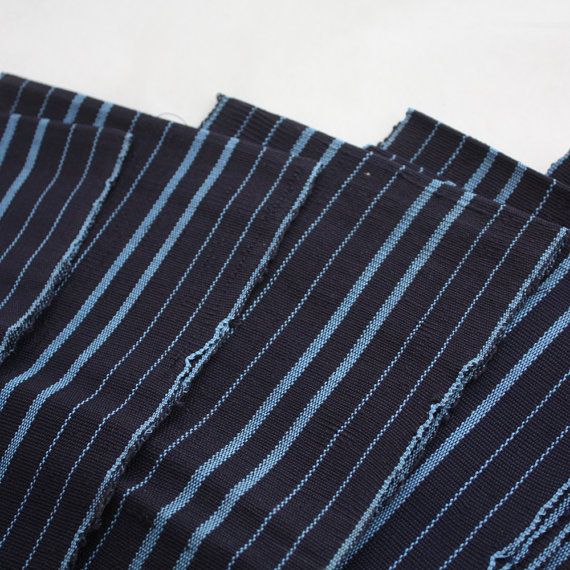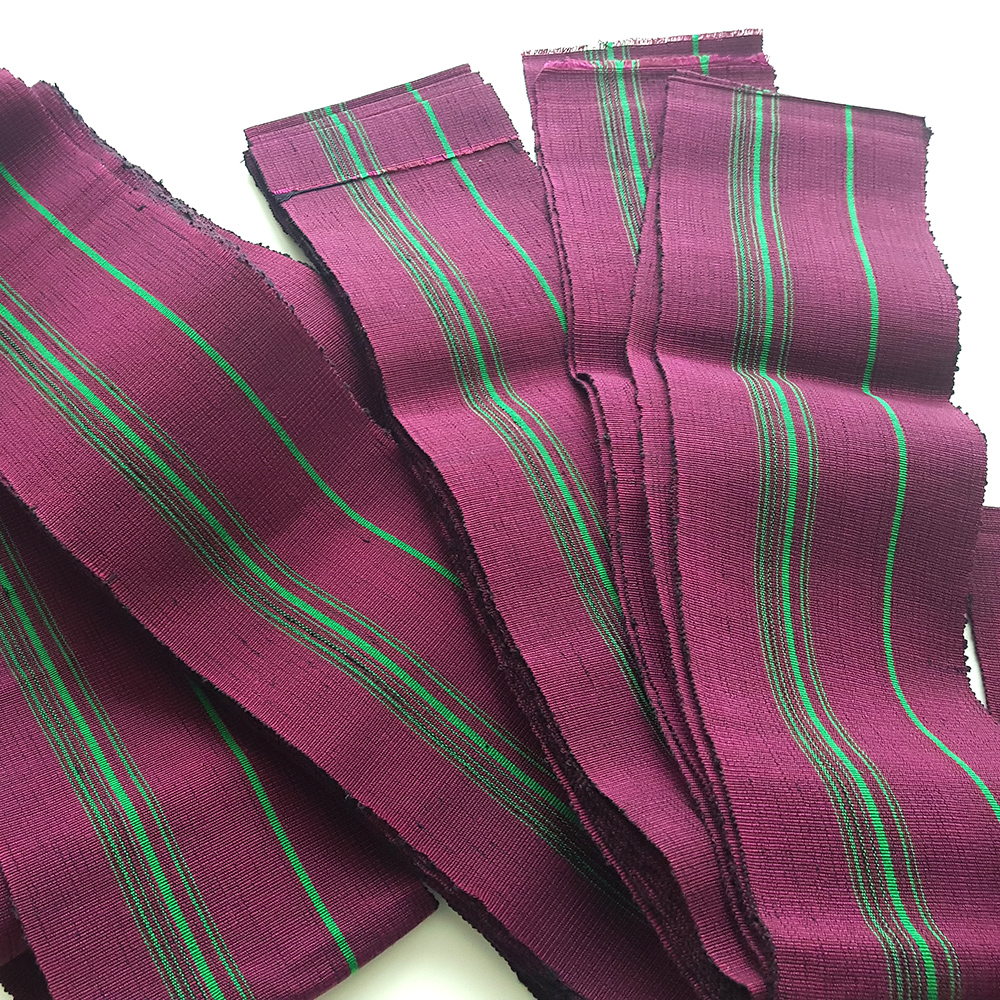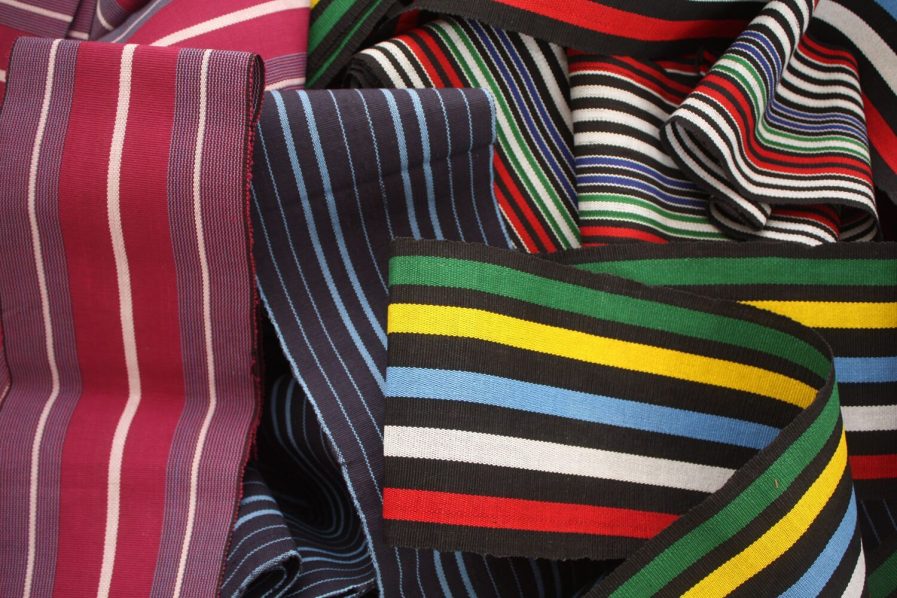Aso-Oke is a short form of Aso Ilu Oke also known as Aso-Ofi meaning clothes from the up-country. It is the traditional wear of the Yoruba’s (the tribe of the southwest people in Nigeria, Africa). The Yoruba’s are the second largest tribe in Nigeria after the Northerners. Aso-Oke is a cloth that is worn on special occasions by the Yoruba’s usually for chieftancy, festivals, engagement, naming ceremony and other important events.
The beauty of Aso-Oke comes out more when it is taken as Aso-Ebi (group of people e.g. friends, families e.t.c). Cloth weaving (Aso-Oke) started centuries ago amongst the Yoruba’s but predominantly amongst the Iseyin’s (Oyo-State), Ede (Osun State) and Okene Kogi State. The fibres used for weaving are either locally sourced or brought from neighboring states (northern parts of the country).
Aso oke cloth is decorated with elaborate patterns made from dyed strands of fabric that are woven into strips of cloth. These strips of cloth are sewn together to form larger pieces. Some Aso oke cloth, called “prestige cloth,” has a lace-like appearance with intricate open patterns.
Patterns and colors used for Aso oke cloth have special meanings. A purplish-red colored dye called allure is prized among the Yoruba. Some designs are specifically for women’s garments and some are for men’s. The cloth is used to make numerous garment styles, including skirts, shirts, and trousers.
Many of the outfits made from Aso oke cloth reflect the strong influence of the Muslim religion in the area since the early nineteenth century, with headwraps and modest gowns being prevalent. The amount of fabric and the patterns used indicate the wealth of the wearer.
Some Types of Aso-Oke
1. ETU – STRIPPED DARK BLUE

2. SANYAN -CARTON BROWN WITH WHITE STRIPES

3. ALAARI – CRIMSOM

4. EYA – LACED

5. TAKUNSI – (CLOTH WITH DIFFERENT PATTERN)

